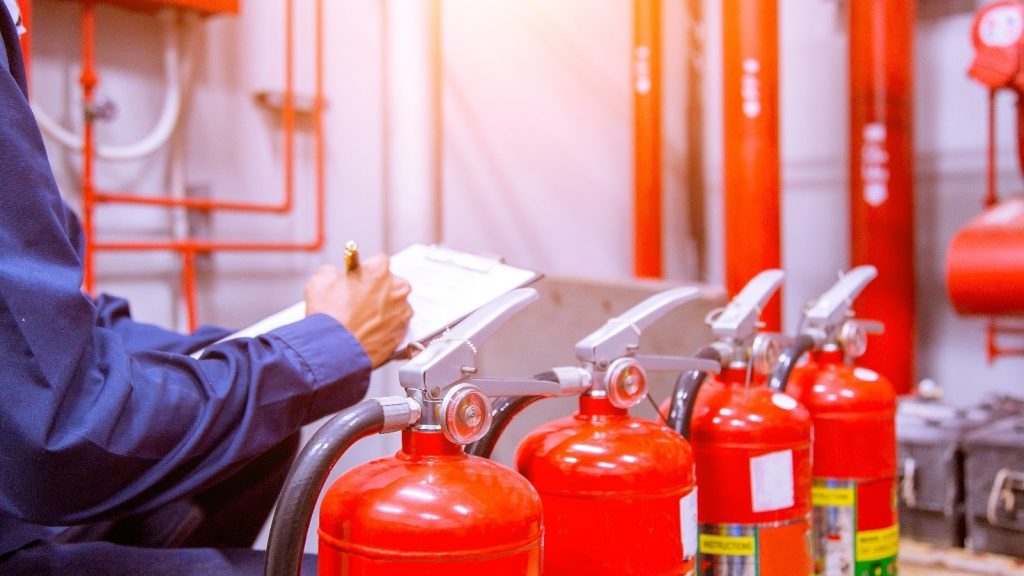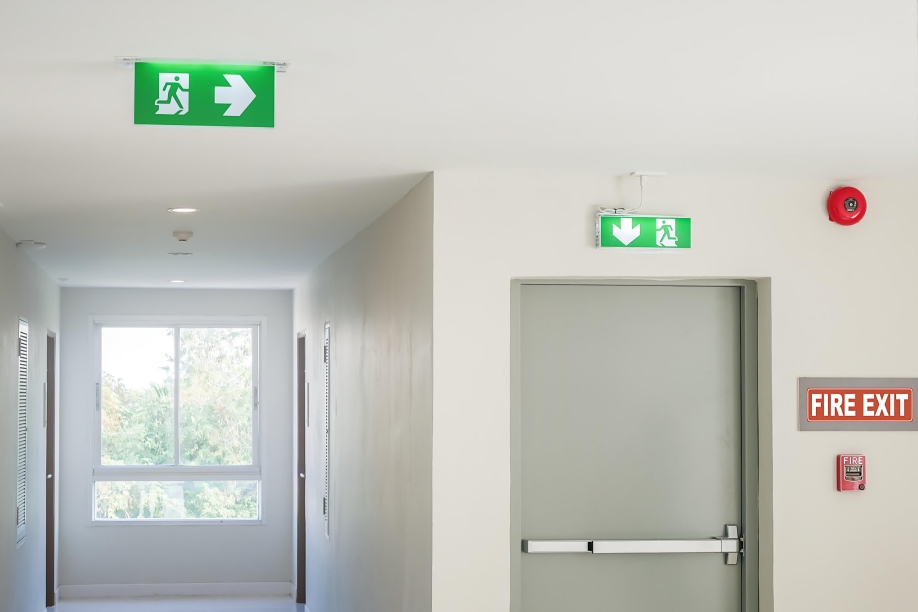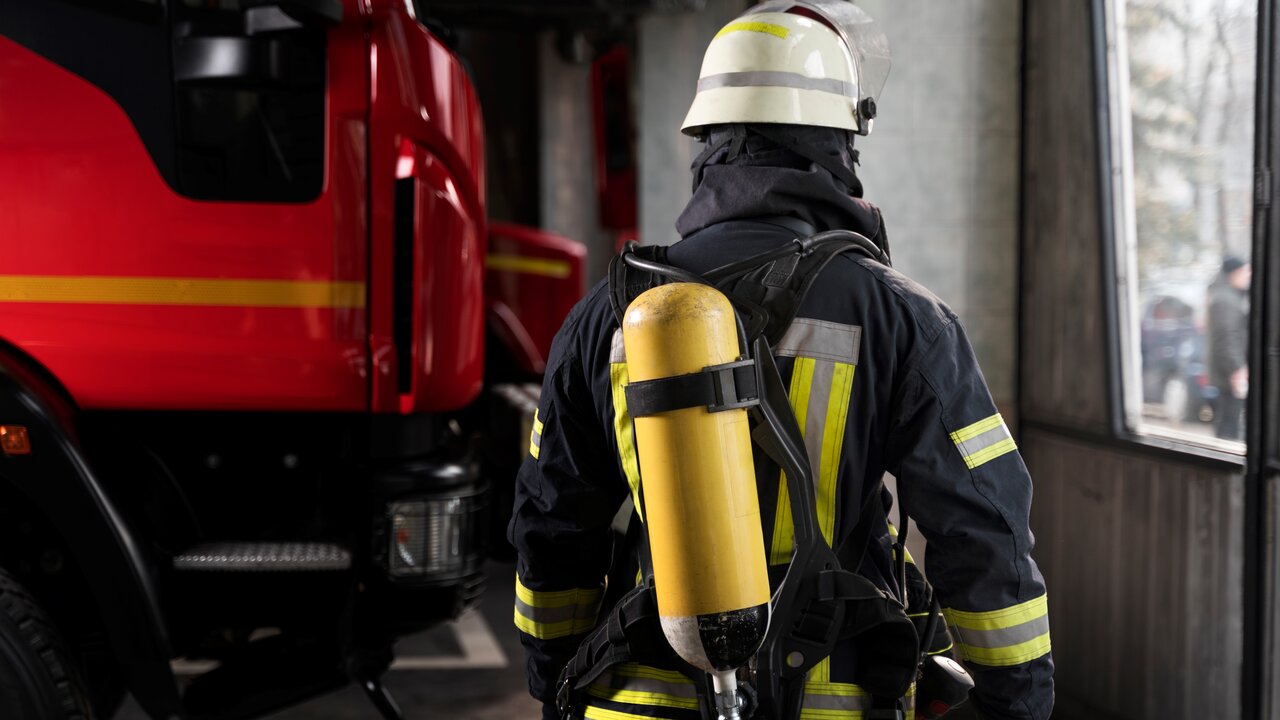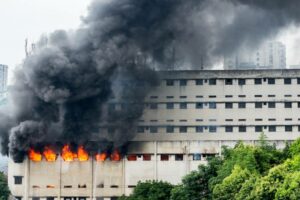If you wonder what the Bomba requirement for a building in Malaysia encompasses, we’re here to help you understand. Firstly, the fire safety philosophy to accede is that life safety is foremost in any building design.
The life safety of a building’s occupants is the absolute prime consideration, which you can achieve by these essential facets of fire protection:
- Evacuation — The means of escape for occupants.
- Passive Containment — Stopping the spread of fire and smoke within a building or from one building to another.
- Active Intervention & Access for Rescue — Means of detection and extinguishment of the fire.
Bomba Requirement for a Building (As a Whole)
Believe it or not, the Bomba requirement for any building in Malaysia is not an exact science. The necessitated means of escape varies according to the building’s height, type, usage, occupancy, and fire safety procedure.
Buildings with larger spaces possess more significant fire risks, and the same goes for potential losses. High-rise buildings then present personal fire safety challenges that require unique strategies, but we’ll get into that later.
For now, let’s consider passive fire protection in different buildings. Every building has an overall designation which is categorised based on its use, known as a Purpose Group:
- Group I — III: Buildings containing residential elements, such as sleeping accommodation. This group would have greater dangers in the event of a fire.
- Group IV — VIII: Buildings without sleeping accommodation.
If a building has divisive compartments where each section’s use is for different purposes, their purpose groups would then be determined respectively. Certain components of a building would need more stringent requirements, i.e. areas that might “spill” into other parts of the building.

Access to Fire Appliances
All building owners or managers must ensure vehicular access to the building’s exterior to enable:
- High-reach appliances, such as turntable ladders and hydraulic platforms.
- Pumping appliances to supply water and equipment for firefighting and rescue activities.
Furthermore, buildings over 7,000 cubic metres must abut a street or open space of nothing less than 12 metres width. This Bomba requirement allows access to fire brigade appliances for any building caught on fire.
Read More: Fire Certificate Malaysia: Application and Renewal Guide
Bomba Requirement for a High-Rise Building
As mentioned above, high-rise buildings come with their own set of challenges. In tall buildings, flames can spread vertically and affect a larger number of occupants.
Firefighting and rescue operations are also more difficult above the ground, and occupants must rely on dangerous vertical exits. Similarly, complete building evacuation would be challenging.
Not to mention, high-rise building structures sustain a prolonged fire exposure. Such a predicament can lead to active fire protection systems being cut off from public utilities, subsequently requiring self-sufficiency.
Fire Safety Approach for High-Rise Buildings
Thankfully, Palcon is proficient at responding to these unique challenges. Some of the adequate fire protection strategies you should follow are:
- Active and Passive Fire Protection
- Fire Barriers and Fire Resistant Structure
- Fire Suppression Systems
- Smoke Spill Systems
- Fire Detection Systems
- Fire Alarm Systems
- Facilitation of Occupant Evacuation and “Defend in Place”
- Exit Stairwell
- “Safe” Areas
- Lifts
Sprinkler systems are also proven to be an effective form of fire control — if not the best. They provide prompt suppression and containment of fire and smoke, thus extending evacuation time.
Learn more about the fire safety measures you can take with Palcon’s fire protection services and solutions.









